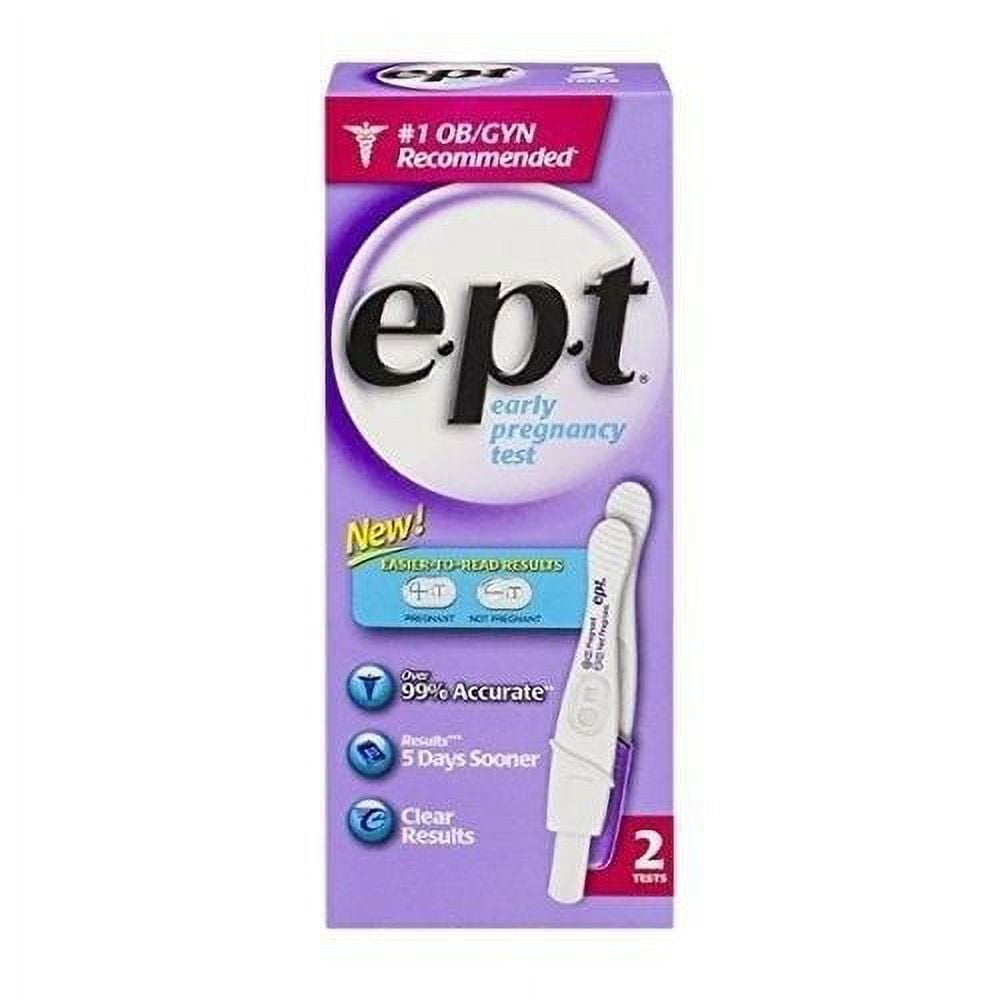
Early Pregnancy Test (EPT): A Comprehensive Guide
Introduction
Early pregnancy tests (EPTs) are a convenient and widely used method for detecting pregnancy in the early stages. They work by detecting the presence of human chorionic gonadotropin (hCG), a hormone produced by the placenta after implantation of a fertilized egg. EPTs are available in various formats, including urine tests, blood tests, and home pregnancy tests. This article provides a comprehensive guide to EPTs, including their types, accuracy, limitations, and interpretation.
Types of Early Pregnancy Tests
1. Urine Tests
Urine EPTs are the most common type of home pregnancy test. They are easy to use and can be purchased over-the-counter at pharmacies and grocery stores. Urine EPTs work by detecting hCG in the urine, which is present in higher levels during pregnancy.
2. Blood Tests
Blood EPTs are performed in a laboratory setting and are more sensitive than urine tests. They can detect hCG levels as low as 5 mIU/mL, which is the level typically found in the blood of pregnant women within a few days of implantation.
3. Home Pregnancy Tests
Home pregnancy tests are a type of urine EPT that can be performed at home. They are typically less sensitive than laboratory-based EPTs, but they are still effective in detecting pregnancy early on. Home pregnancy tests are available in a variety of formats, including dipsticks, cassettes, and digital tests.
Accuracy of Early Pregnancy Tests
The accuracy of EPTs depends on several factors, including the type of test, the time of testing, and the individual’s health status.
1. Urine Tests
Urine EPTs are generally accurate, with a sensitivity of around 97-99%. However, they may be less accurate in the early stages of pregnancy, when hCG levels are still low.
2. Blood Tests
Blood EPTs are highly accurate, with a sensitivity of over 99%. They can detect pregnancy as early as 6-8 days after ovulation.
3. Home Pregnancy Tests
Home pregnancy tests are less sensitive than laboratory-based EPTs, but they are still effective in detecting pregnancy early on. The accuracy of home pregnancy tests varies depending on the brand and type of test.
Limitations of Early Pregnancy Tests
EPTs have some limitations, including:
1. False Positives
False positives can occur when an EPT detects hCG in the absence of pregnancy. This can be caused by certain medical conditions, such as a recent miscarriage or ectopic pregnancy.
2. False Negatives
False negatives can occur when an EPT fails to detect hCG in the presence of pregnancy. This can be caused by testing too early, when hCG levels are still low, or by using an expired or defective test.
3. Timing
EPTs should be performed at the appropriate time in the menstrual cycle to ensure accuracy. Testing too early may result in a false negative, while testing too late may result in a false positive.
Interpretation of Early Pregnancy Tests
EPTs typically display a positive or negative result. A positive result indicates the presence of hCG and suggests pregnancy. A negative result indicates the absence of hCG and suggests that the individual is not pregnant.
If an EPT result is positive, it is important to consult a healthcare provider for confirmation and further evaluation. A healthcare provider can perform a physical examination, order additional blood tests, and provide counseling and support.
Conclusion
Early pregnancy tests are a valuable tool for detecting pregnancy in the early stages. They are widely available, easy to use, and generally accurate. However, it is important to understand the limitations of EPTs and to interpret the results correctly. If an EPT result is positive, it is important to consult a healthcare provider for confirmation and further evaluation.